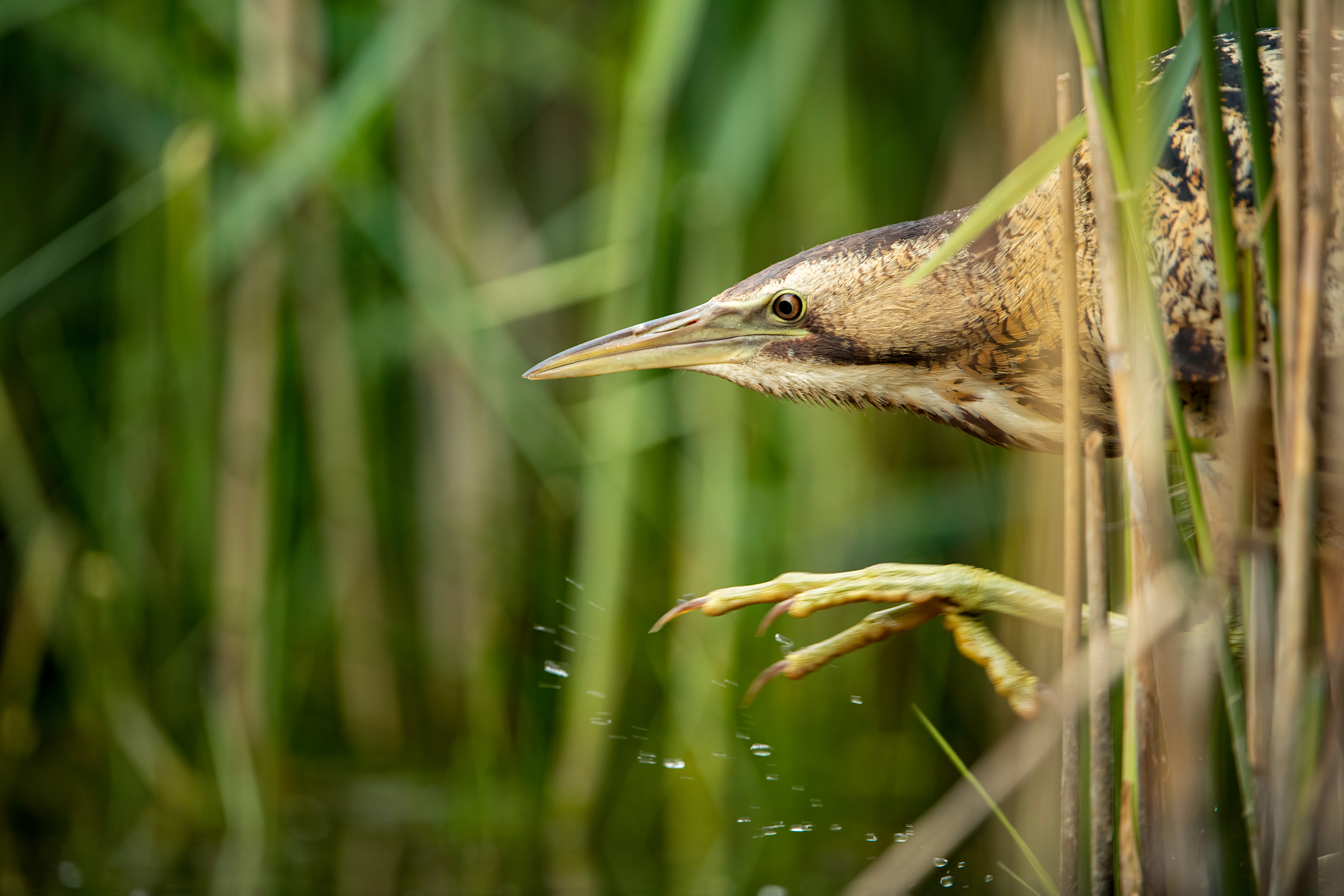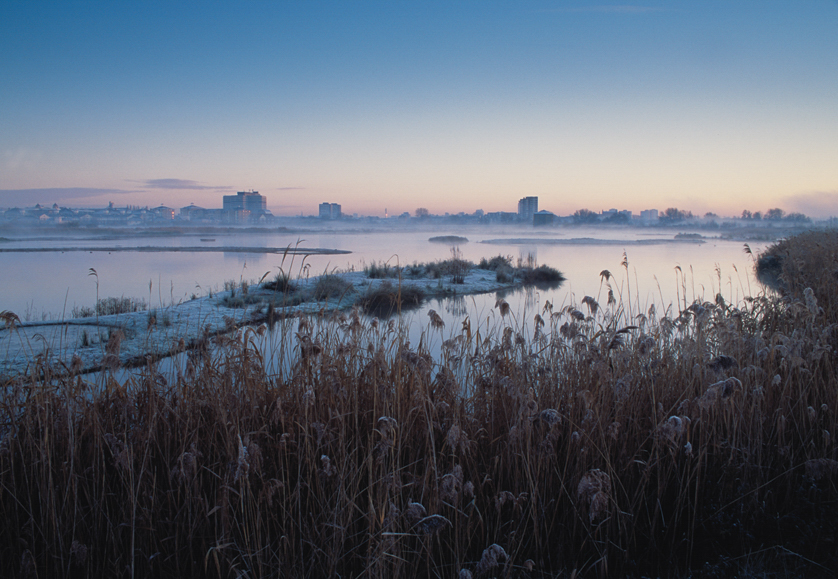Slow worms of the wetlands
More than 20 years ago, we became home to one of the UK’s largest reptile translocations and its slow worm population is still thriving today.
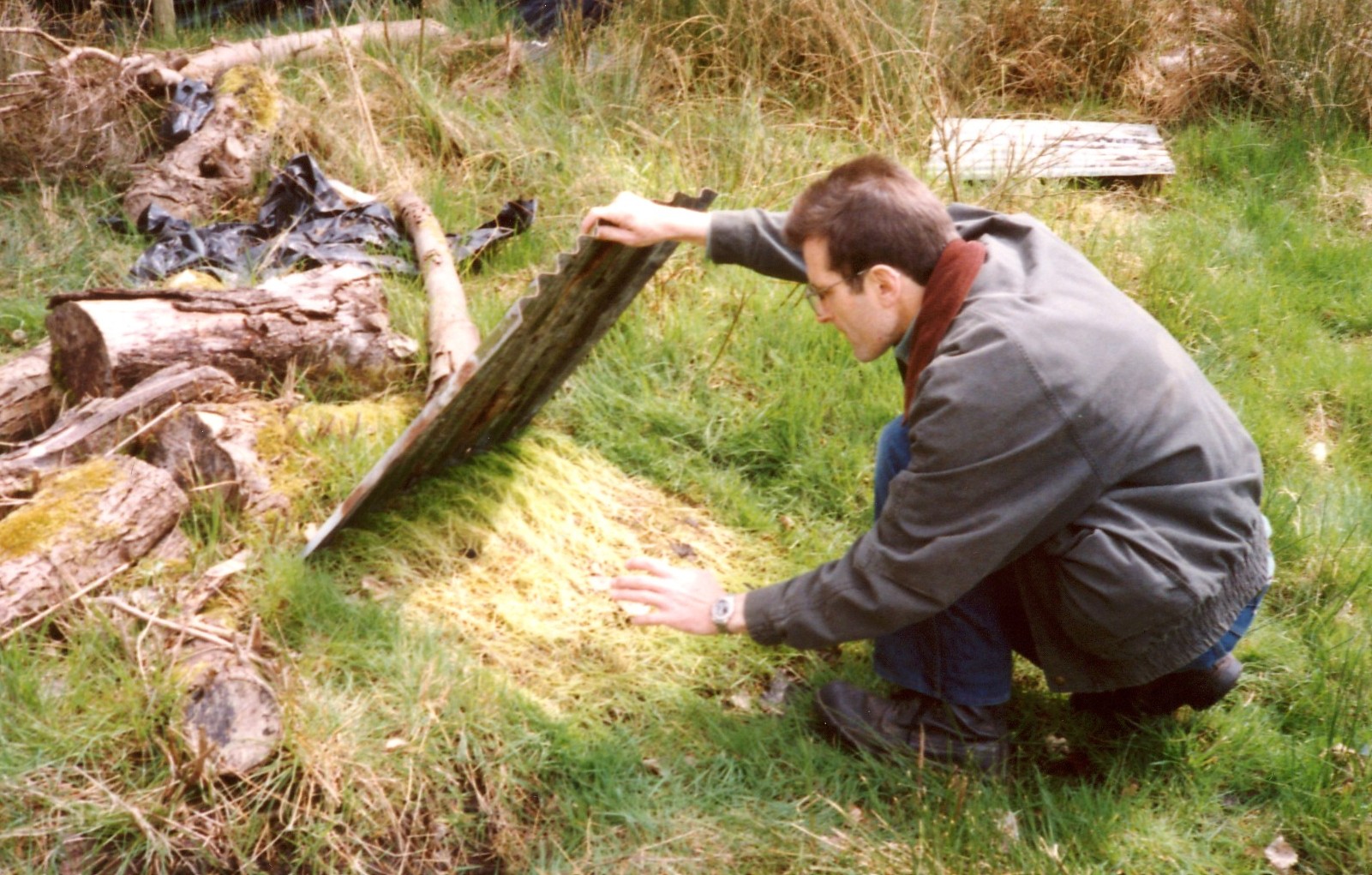
Ecologist Kevin Morgan inspecting a tin refuge for slow worms during monitoring.
A new home for hundreds of slow worms
In 2001, a large population of slow worms was discovered during ecological surveys at the former Worcester Park Sewage Farm site in south-west London, ahead of redevelopment into housing and green space (now The Hamptons). With slow worms found in high numbers across the site and no other reptile species recorded, a significant relocation was needed to safeguard the population.
Finding a suitable receptor site can be a challenge, especially within urban south-west London and north-east Surrey. Fortunately, ecologist Kevin Morgan recognised that the newly created London Wetland Centre would be an ideal new home. The Centre had already been exploring the idea of introducing slow worms, so the timing was perfect.
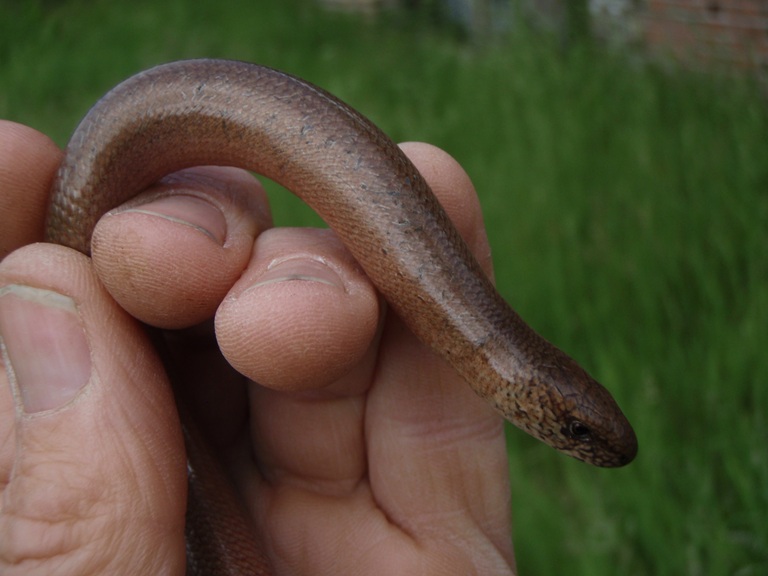
One of the UK’s largest reptile translocations
In 2002–2003, an extensive capture and relocation programme took place. Hundreds of artificial refuges were installed across the Worcester Park site, more than 1,000 sheets of corrugated iron and roofing felt, providing shelter where slow worms could be safely collected.
Over two seasons and 82 survey visits, more than 2,100 slow worms were recorded. Of these, approximately 1,844 individuals were translocated to the London Wetland Centre, while a smaller population remained at the original site. The relocated group included hatchlings, juveniles, sub-adults and adults, helping to establish a healthy, self-sustaining population.
Thriving two decades on
The translocation proved highly successful. Today, slow worms are well established across the wetlands, particularly along sunny banks and grassy margins. Staff and volunteers have continued to monitor the population since the project began, confirming that the species remains in good numbers.
Over twenty years later, Kevin Morgan recently returned to see how the slow worms were doing and we’re delighted to say they’re still going strong.
The project also paved the way for other reptile introductions, including grass snakes, further enriching the diversity of species supported by the site.
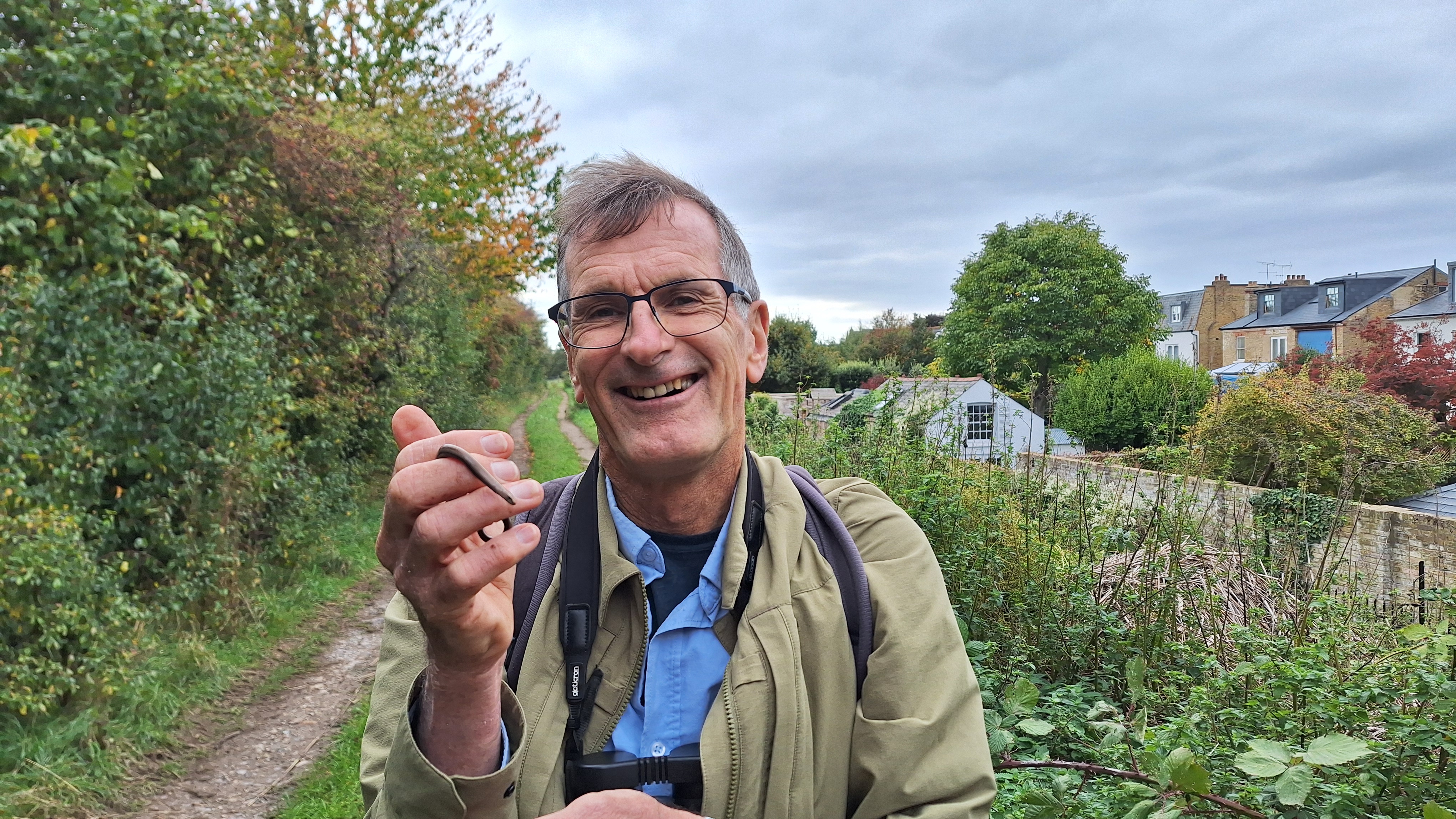
A hidden world beneath your feet
Slow worms may resemble snakes, but they’re actually legless lizards, gentle and secretive reptiles that play an important role in controlling slug and insect populations. They’re rarely seen by visitors, but their presence is a positive sign of a healthy wetland ecosystem.
So next time you’re exploring the reedbeds and meadows, remember: beneath the surface, a hidden world of wildlife is quietly thriving.
